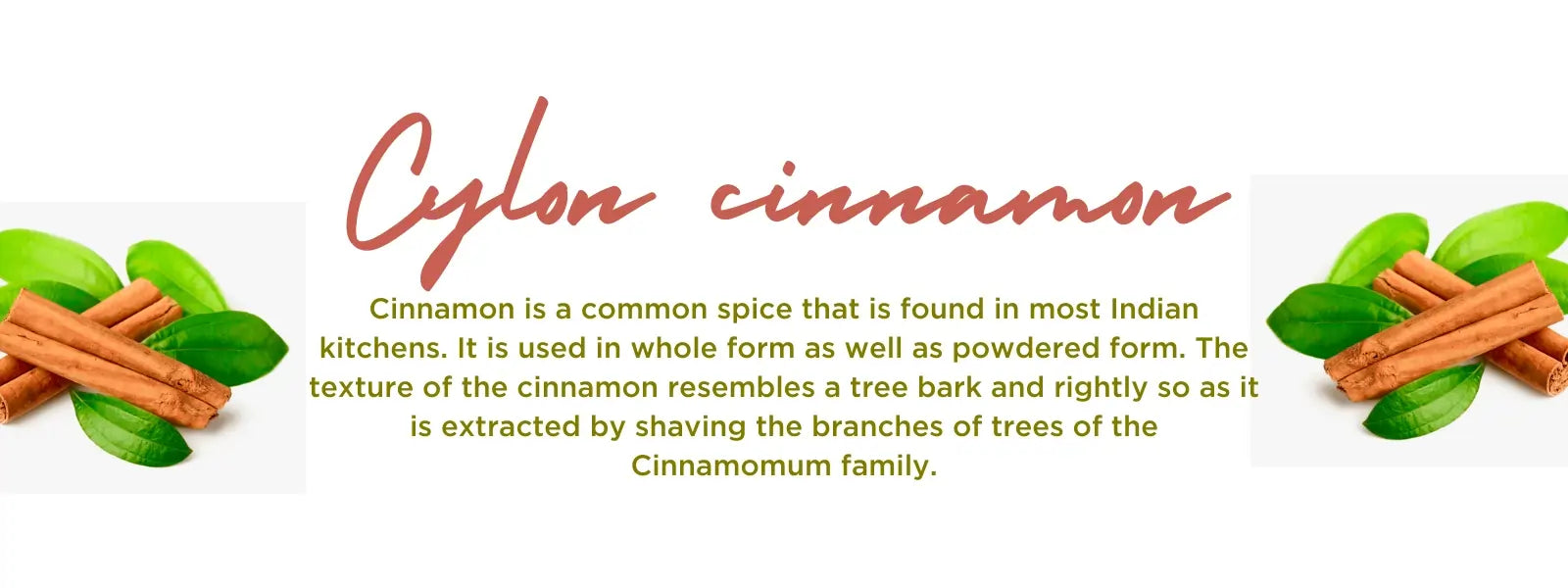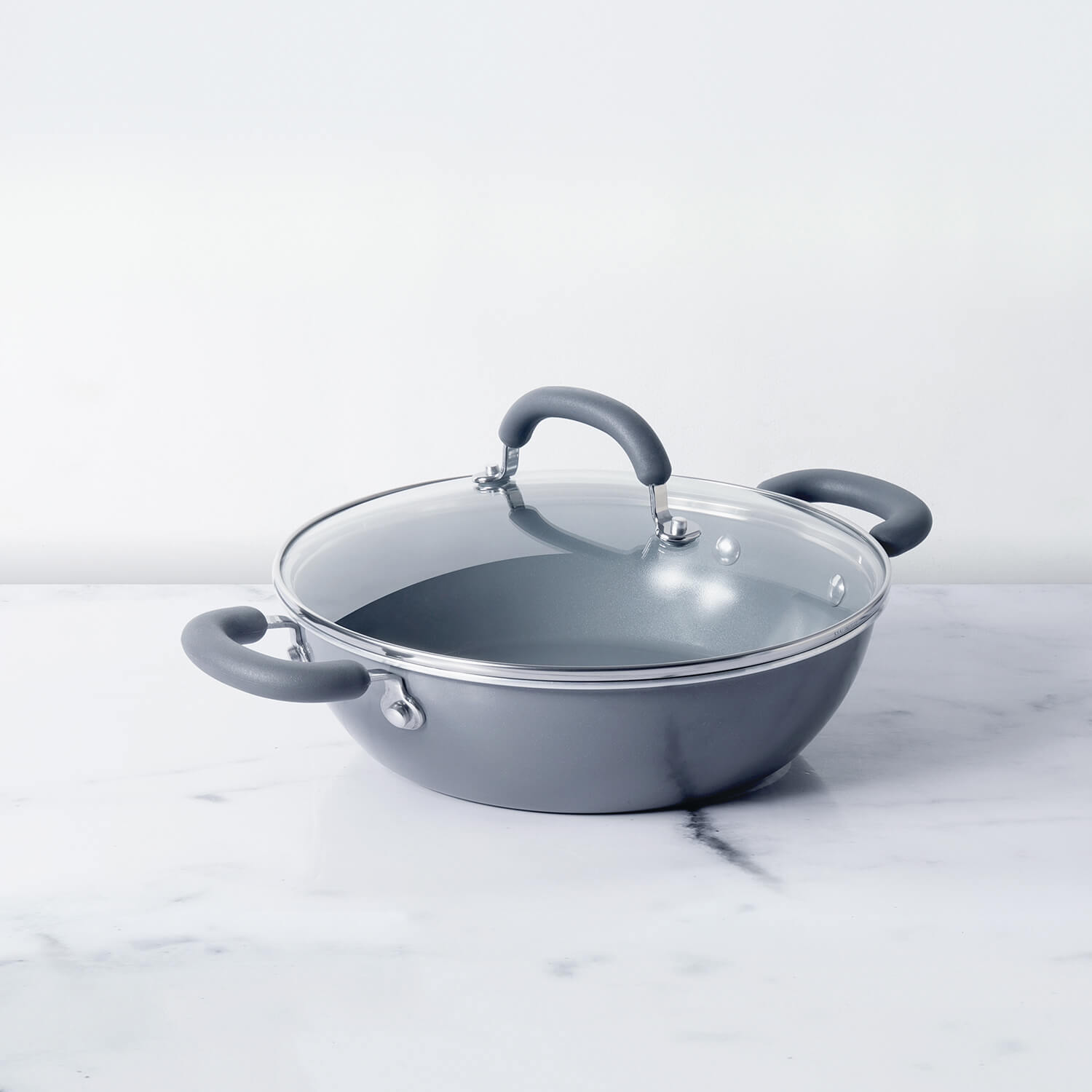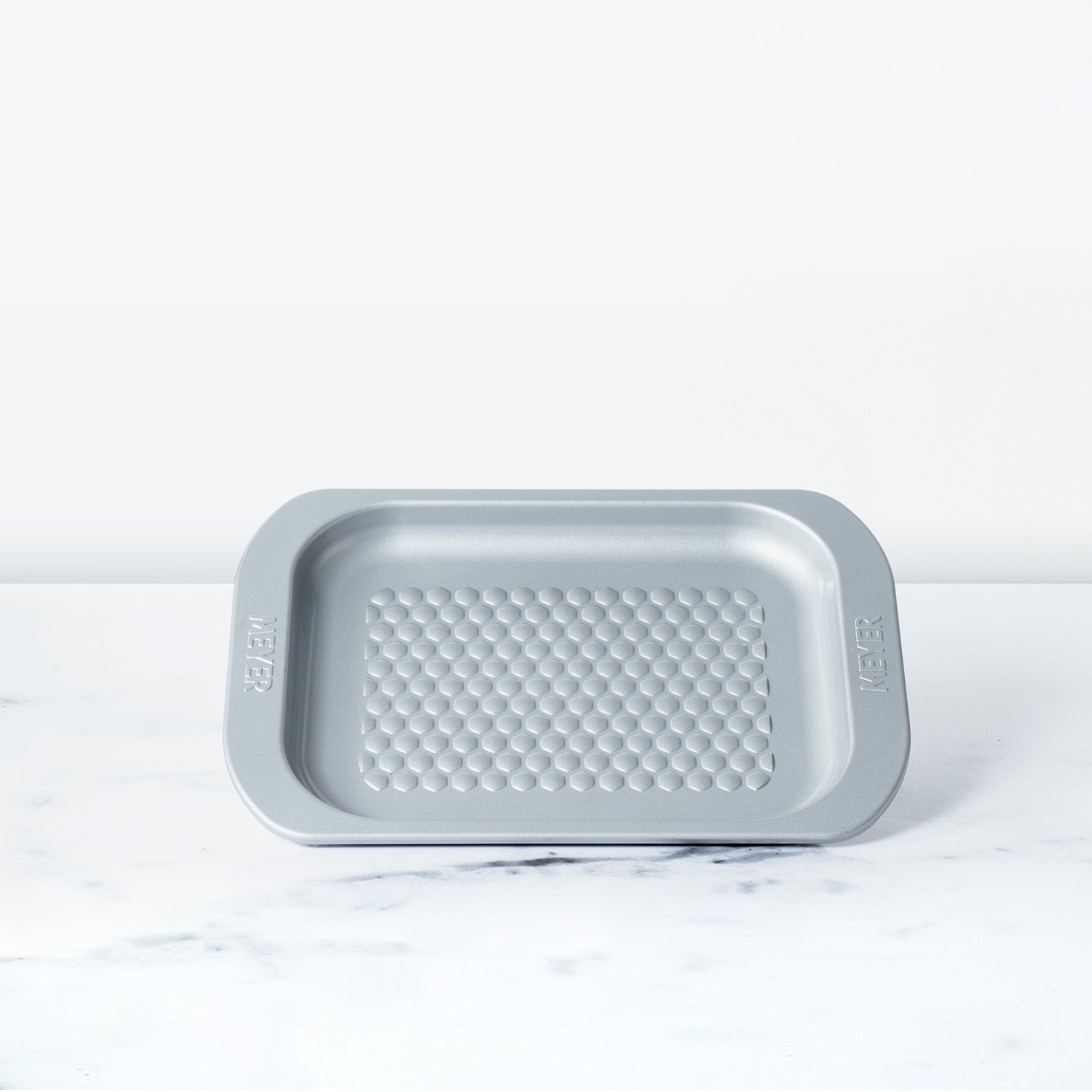Sage (Salvia) is a perennial shrub with evergreen leaves that is often used in cooking, medicine, and as a decorative plant. It is used as a spice and in traditional medicine to make people healthier. The botanical name for common sage is Salvia officinalis. Some well-known types of sage include common sage, white sage, Chinese sage and Spanish sage.
Table of Contents
Sage has been used for healing for a long time in Egyptian, Greek, Roman, and Native American medicine. Sage is burned to heal, protect, make people smarter, and make them less likely to get sick.
Benefits and usage of sage leaves:
Sage leaves that have been dried can be used as a spice in food. Sage can also be taken by mouth as a liquid, spray, lozenge, pill, or tablet. Sage may help fight free radicals because it has phenolic compounds. The antioxidant effects of rosmarinic acid and carnosic acid, two chemicals found in sage, are well known. Some of the benefits of consuming sage are as following:
- Get rids of oxidative stress in the body.
- Stops the damage done by free radicals.
- Reduces inflammation.
- Eliminates bacteria and viruses that cause infections.
- Helps the digestive system.
- Keeps your memory sharp.
- Uplifts your mood and prevents depression.
Burning sage sticks:
Sage burning is a mental health practice that doesn't cost too much. It is a good way to create a calm, pleasant environment that goes well with other good practices like meditation or mindfulness.
Sage is burned by setting the leaves on fire and letting the smoke clean the air in your home. The reason for burning sage is a little different from the reason for eating it.
There may be a link between bad air quality and a number of health problems. Sage burning is seen as a cheap way to help clean the air in this way. Sage is thought to kill bacteria, viruses, and fungi because it has antimicrobial properties.
How to burn sage sticks at home?
To get started, you'll need something to burn the sage in. This could be a bowl or an incense tray to catch the sage's ashes as it burns. Also, you could buy a sage burner. Put dirt or sand in it. Don't use a container that can catch fire, and keep water nearby.
- Before you start to burn the sage, open a window or door. So, the smoke can get out of your house.
- Put the sage in the container for burning, and then start the fire. Let it burn for a few seconds, then blow on it to keep the smoke going. If the smoke stops coming out, try to light it again.
- If you are using sage for spiritual reasons, decide what you want to happen. For instance, you could say, "Let today be the day that things start to change."
- Walk to every room you want to clean and let the smoke in. Don't let too much smoke fill up any space. Don't breathe the smoke in directly.
Benefits of burning sage:
Some people who practices alternative medicine say that burning sage can help get rid of bad energy. Some people use sage sprays to clean their homes in addition to burning sage. Sage burning is helpful in the following ways:
- Cleans the air of microorganisms.
- Acts as insect repellent.
- Improves intuition.
- Purification of specific items.
-
Reduces stress and anxiety.
Cleans the environment: Sage is used most often in its dried form, which has antimicrobial properties. They stop viruses, bacteria, and fungi that can make you sick. The white prairie sage, or Artemisia ludoviciana, kills both germs and microorganisms. White sage, or Salvia apiana, is also good at killing germs. Both of them keep bugs away. The idea behind smudging is that burning sage gets rid of spiritual pollution, infections, and even bugs.











Leave a comment